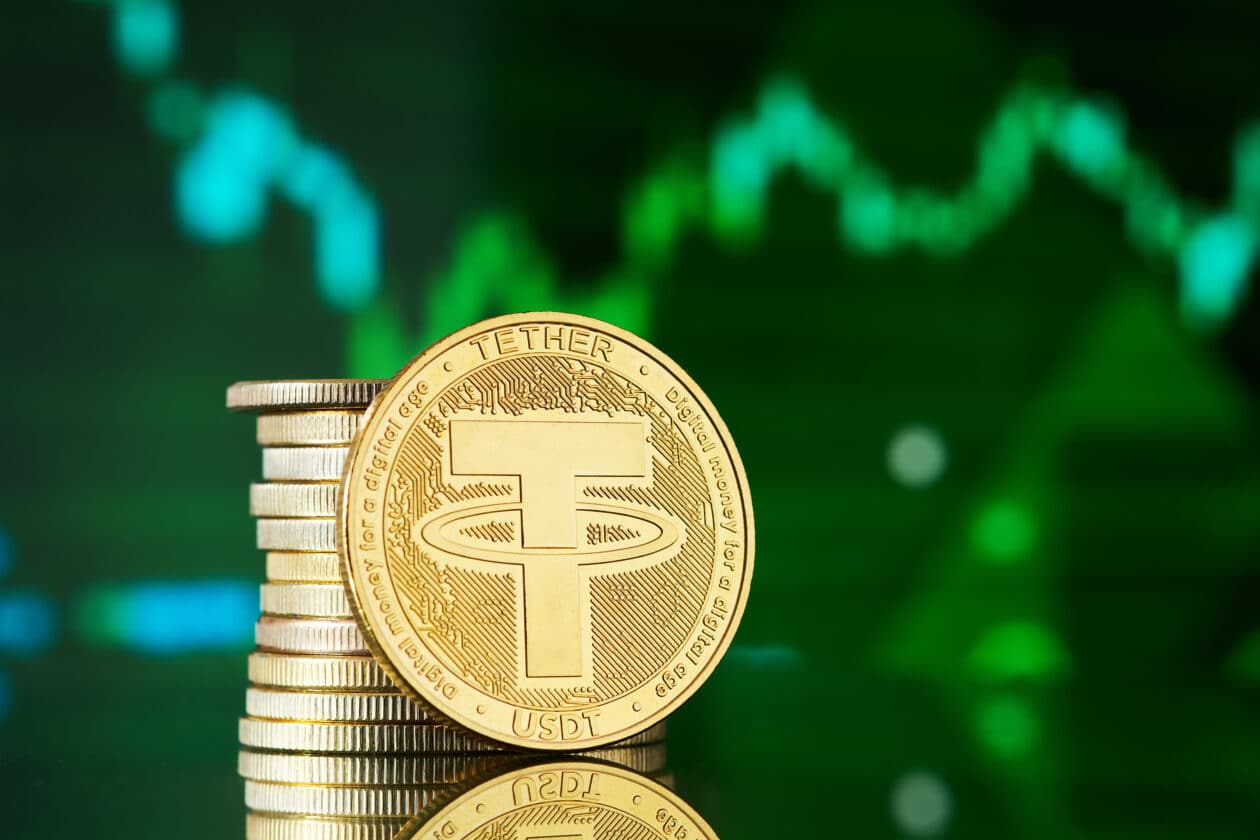Paolo Ardoino, CEO of Tether, has raised substantial concerns about the European Union’s Markets in Crypto-Assets (MiCA) regulation, warning that it could pose significant risks to both EU financial institutions and the broader adoption of stablecoins. MiCA, which came into effect on June 3, requires stablecoin issuers to maintain 60% of their reserves in EU-based bank accounts. Ardoino has criticized this regulatory requirement, suggesting that it might inadvertently undermine financial stability rather than enhance it.

Ardoino’s criticism reflects a growing debate over MiCA’s impact. The MiCA regulation aims to create a comprehensive digital asset framework within the EU, yet Ardoino fears that the reserve requirements could destabilize the financial system. The discussion has ignited a wider debate about the balance between regulatory oversight and the operational freedom necessary for the rapidly evolving crypto market.
The Effects of MiCA Regulation
Industry experts are expressing concerns over MiCA’s reserve mandates, which require substantial portions of stablecoin reserves to be held in EU bank accounts. Ardoino points out that while large stablecoin firms like Tether may manage deposits as small as €100,000, these deposits are not protected under the EU framework. He draws a parallel to the 2023 collapse of Silicon Valley Bank, which had $3.3 billion in deposits yet failed spectacularly, suggesting that similar risks could arise from the MiCA restrictions.
Ardoino argues that such regulations might exacerbate vulnerabilities in the financial sector. He explains that the fractional reserve banking system, where only a fraction of deposits are available for withdrawal, could be at risk if withdrawal demands surge. This could lead to potential financial instability, undermining the very security MiCA aims to enhance.

Tether’s CEO has expressed that the MiCA regulation might weaken system security more than it improves it, highlighting the tension between regulatory intentions and potential unforeseen consequences in both traditional finance and crypto markets.
The Implications
The MiCA regulation could have extensive implications for the stablecoin market. Stablecoins play a crucial role in facilitating cryptocurrency-to-fiat exchanges, and the reserve requirements imposed by MiCA may constrain issuers’ risk management strategies. Tether and other multinational stablecoin issuers might face unique challenges, necessitating significant operational adjustments and potentially impacting their risk management practices.
The obligation to hold a large portion of reserves in EU-based bank accounts raises concerns about global stablecoin issuers’ ability to comply with local regulations without sacrificing service quality. As the stablecoin industry adapts to these new legal constraints, changes in issuance and management practices may become necessary. The potential repercussions for the broader cryptocurrency market could be significant, particularly in times of market instability when stablecoins are often relied upon.
Global Perspectives
While the European Union moves forward with MiCA regulation, other regions are approaching cryptocurrency regulation differently. Ardoino has also commented on the growing interest in cryptocurrency among US politicians, particularly highlighting Republican presidential candidate Donald Trump’s proposal to create a strategic Bitcoin reserve.

Ardoino compares Bitcoin to gold, noting that several Asian central banks are increasing their gold holdings. He argues that Bitcoin, with its mathematical principles governing its supply, offers more benefits than gold, despite being less understood. Ardoino believes that national reserves incorporating Bitcoin could validate Tether’s own strategy of holding Bitcoin as part of its reserves. However, some experts caution against a Bitcoin reserve due to the cryptocurrency’s inherent volatility.
Balancing Regulation and Innovation
The concerns raised by Tether’s Paolo Ardoino about the MiCA regulation highlight ongoing challenges in regulating the fast-evolving cryptocurrency industry. While regulations like MiCA aim to enhance consumer protection and financial stability, it is crucial that these rules are carefully designed to avoid unintended consequences that could jeopardize financial systems.
Jurisdictions considering similar regulations will need to learn from the implementation of MiCA regulation, balancing risk management with the unique characteristics of cryptocurrencies and stablecoins. Collaboration between regulators and industry leaders will be essential to ensure that crypto regulations evolve in tandem with technological advancements and market dynamics. TheBITJournal will continue to provide insights on these developments, helping investors stay informed about the evolving regulatory landscape and its impact on the cryptocurrency market.




























